City of Military Glory
Read this post on TravelFeed.io for the best experience
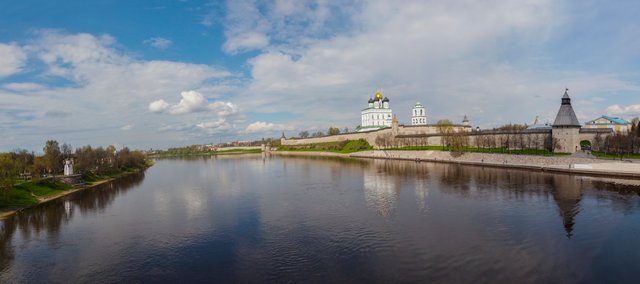
Pskov.
Pskov is a city in the north-west of Russia, the administrative center of the Pskov region and the Pskov region. It is a city of regional subordination; Pskov city forms an independent municipality in the status of an urban district. Located on the Great River at its confluence with the Pskov River.
We went to Pskov on one beautiful May day. The distance from my city of Kostroma to Pskov is about 1000 kilometers. This is a very long distance.
On the route from Kostroma to Pskov, there were several interesting places worth visiting. These are cities such as Yaroslavl, Uglich, Kalyazin, Kashin, Tver, Veliky Novgorod.
It took me three days to get to Pskov and we spent the night twice.
But today I have a story about the city of Pskov.
Ancient Pskov is a fortified city. Pskov land is a fortress country. Throughout its thousand-year history, Pskov served to protect the Russian land from the onslaught from the West. Pskov was subordinated to this single goal both by his internal structure, and his geographical position at the intersection of the most important routes, and by the very nature of his culture. He is all about it. That is his being.
From time immemorial, Pskov was a guard and defender of the Russian land. For more than eight hundred years, the fortress on the banks of the Great River took the blows of foreigners, and not one assault was successful. From 903, when Pskov was first mentioned in the annals, and until the 18th century, when the borders of the Russian state shifted to the Baltic states, the Pskov fortress was besieged by enemy troops about 30 times, and the total number of wars in which Pskov soldiers participated was close to 130.
The appearance of pagan settlements in these places was marked by the middle of the first millennium AD, and the first mention of Pskov as a fortified city dates back to 903. The location of the city necessitated constant protection from attacks by Western enemies. At that time, the fortifications were simple, and consisted of earthen ramparts and wooden tyn. Stone Detinets (Krom) was built in the 13th century.
Gradually, the territory of the Pskov Kremlin expanded. The city grew, and military technologies improved and more and more protective measures were required. In 1270-1280, another defensive line was erected on the southern borders - Dovmontov, the city so named after its builder, the Lithuanian prince Dovmont (who was named Timothy at baptism). The resulting territory of Chrome was called the Dungeon. And the construction of the Kremlin continued. In 1309, another stone ring covered the walls of the Castle, in 1375 - the wall of the Old City, in 1482-1484 the walls of Zapskovye were built. And after the accession of Pskov to the Moscow Principality, unique fortifications were created to block the inner harbor of the city, and thereby completely close the territory of the city during an attack. They were complex at that time structures in the form of stone walls above and below the fortress, thrown from one coast to another, equipped with lowering gratings and arches.
In addition to the walls of the Pskov Kremlin itself, on its territory you can see other attractions. And, of course, the crown and heart of the whole ensemble is the magnificent Trinity Cathedral, one of the first monuments of architecture and culture that comes to the traveler at the thought of what to see in Pskov. Also here you will see the no less famous Trinity Bell Tower, Order Chambers, built in 1693, and much more.
Pskov is a city that has always been under military threat and highly valued military prowess.
Despite the fact that Pskov was one of the few Russian cities that the troops of the Mongol khans did not reach, Pskov came to the aid of their Russian brothers and took part in the Battle of Kulikovo on September 8, 1380, which marked the beginning of the rapprochement of Pskov with Moscow, which in fully began in the XV century.
Throughout the XV century. Pskovians turned to Moscow for help in the struggle against the Germans and Lithuanians, since Novgorodians often refused to help the Pskovians. Almost the entire XV century. The Pskov princes are proteges of Moscow, who were sent here at the request of the Pskov people on the principle of “according to the old Pskov, which prince loves Pskov.” By that time, the slow process of the gradual entry of independent Pskov into the united Russian state under the leadership of the Grand Prince of Moscow had already begun. In the second half of the XV century. Pskov actually lost its foreign policy independence. In January 1510, the Pskov land bloodlessly became part of the Moscow Principality and abolished the veche.
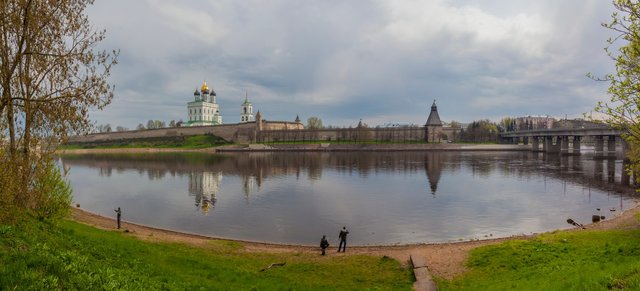
Image galleries are not supported by your current frontend. View this post on TravelFeed.io for the full experience.
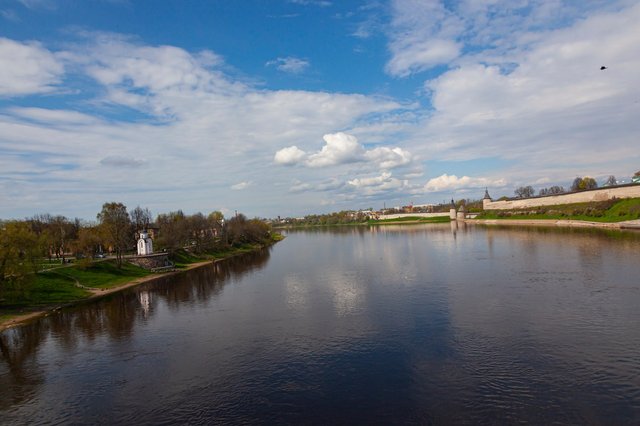
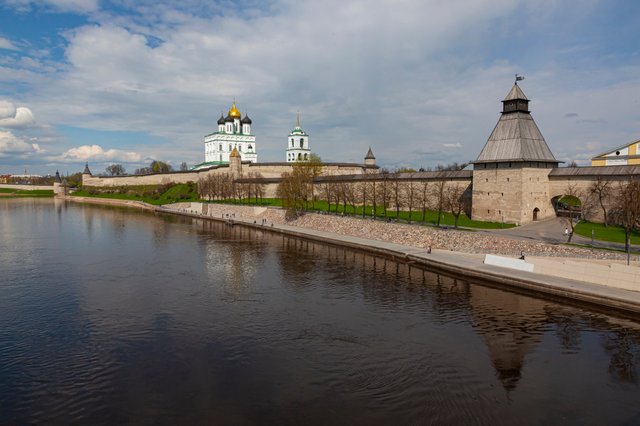
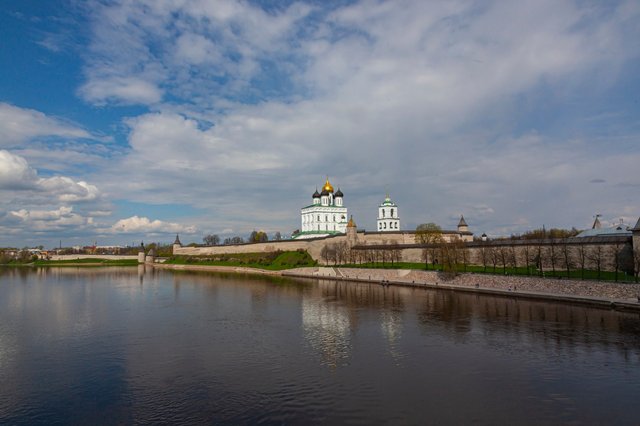
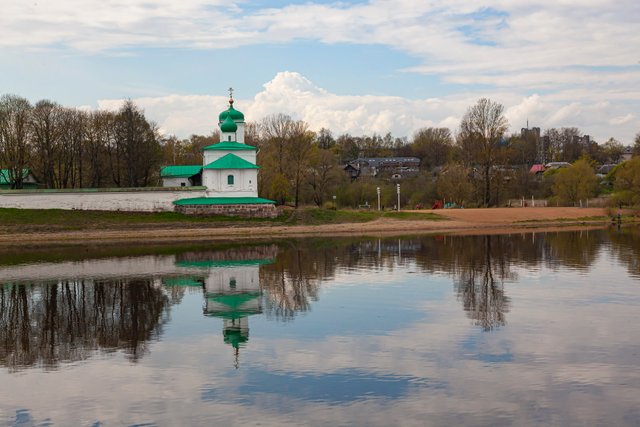
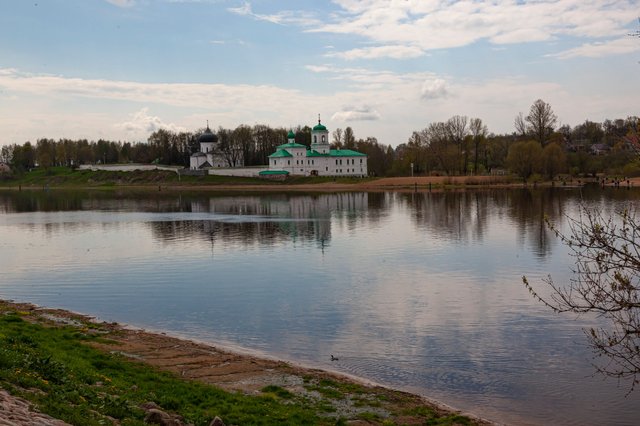
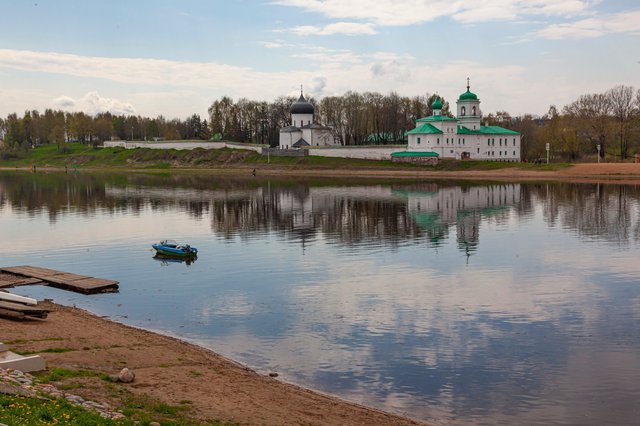
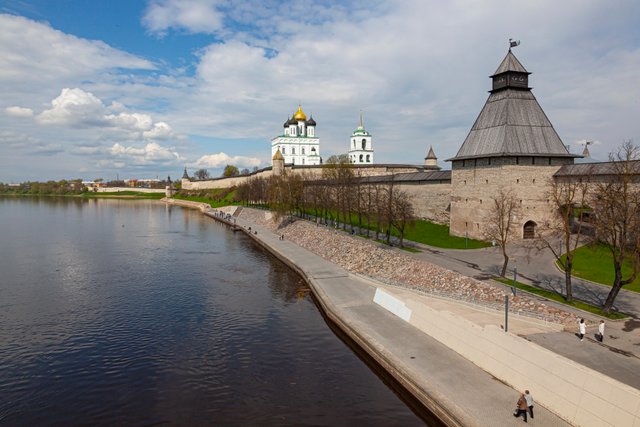
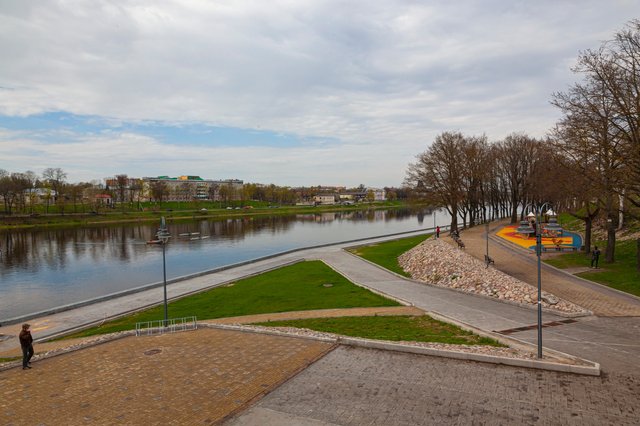
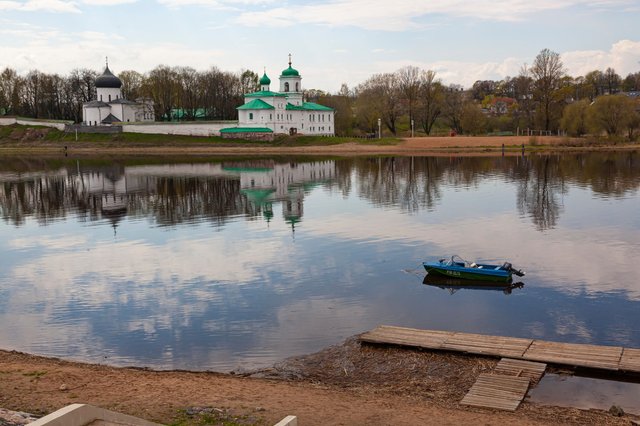
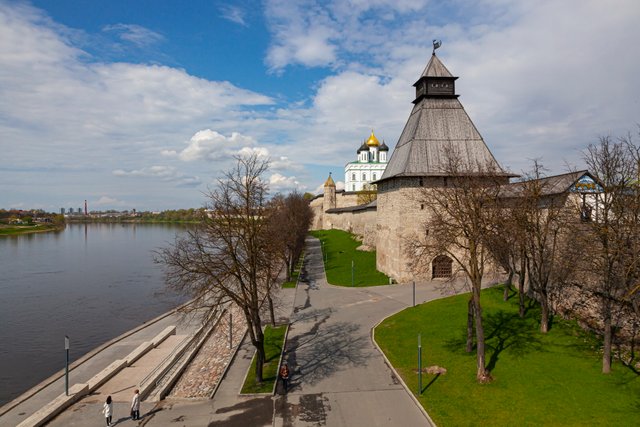
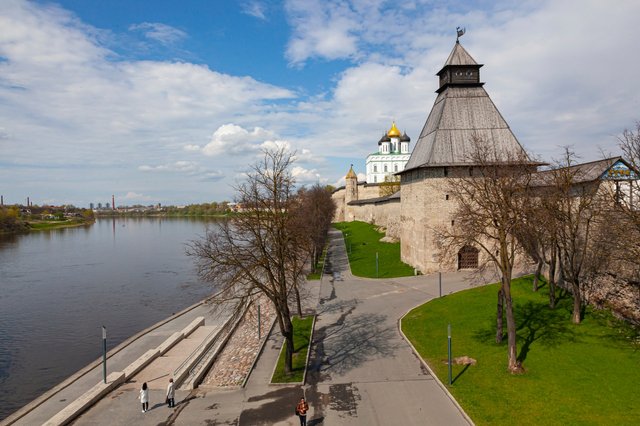
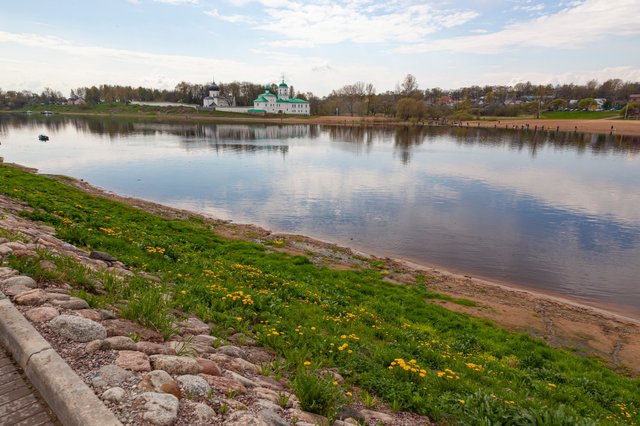
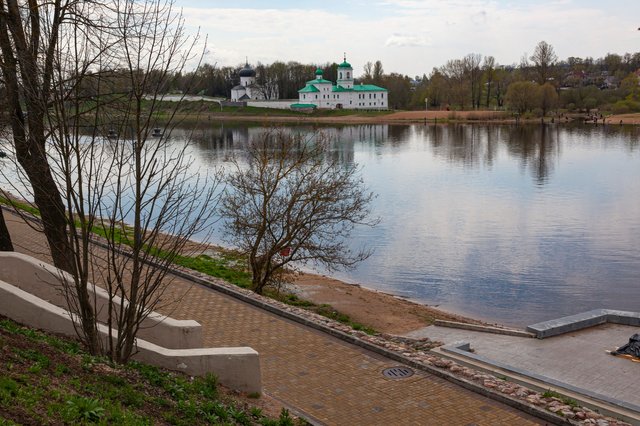
View this post on TravelFeed for the best experience.
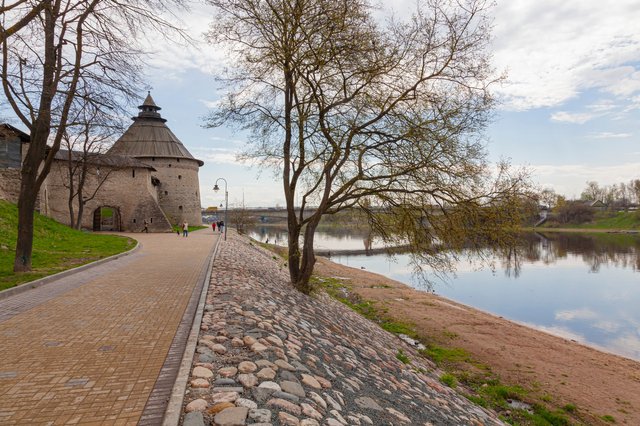
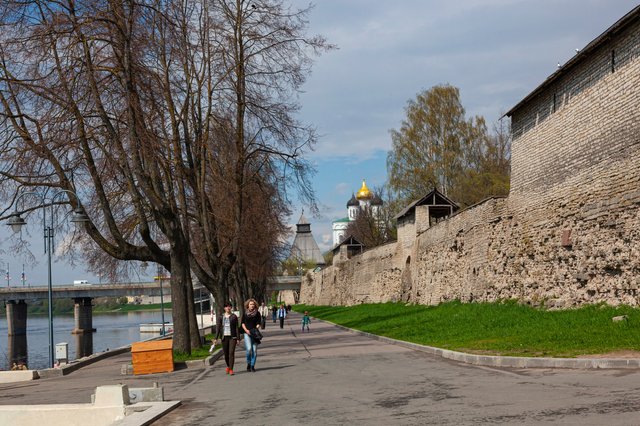
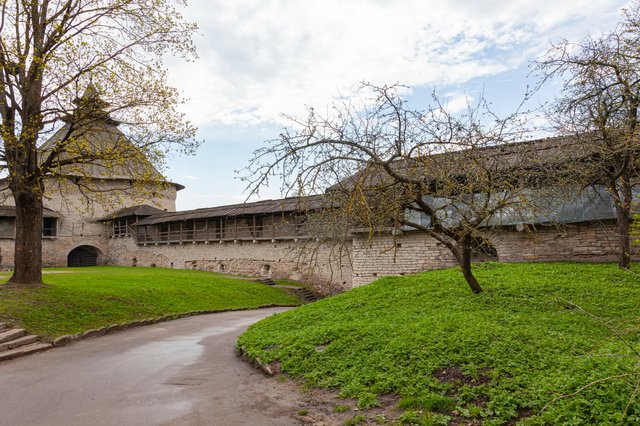
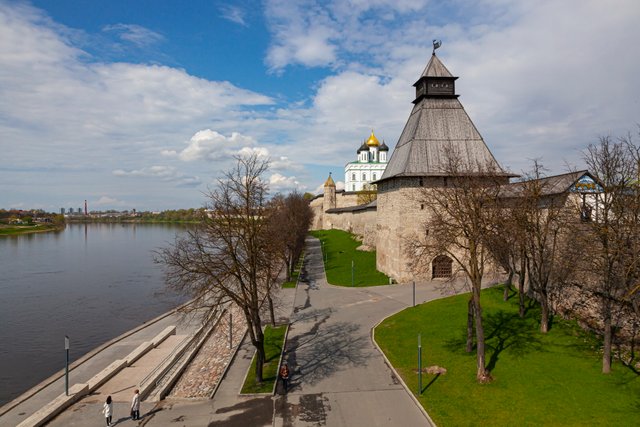
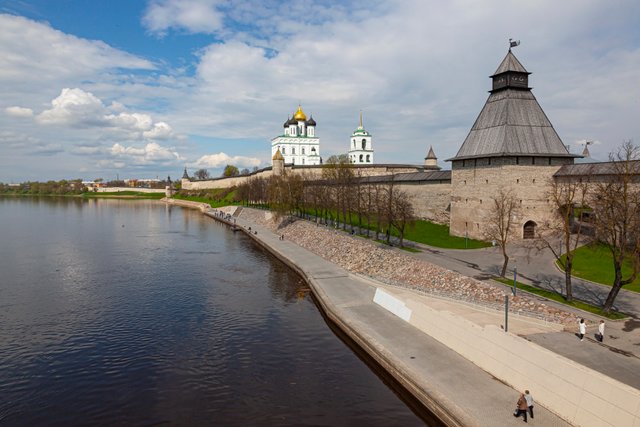
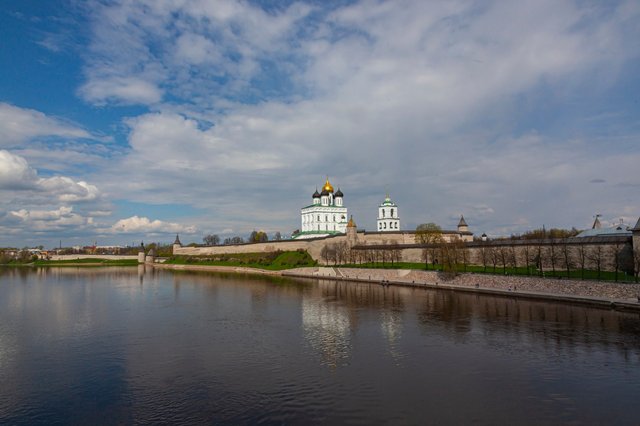
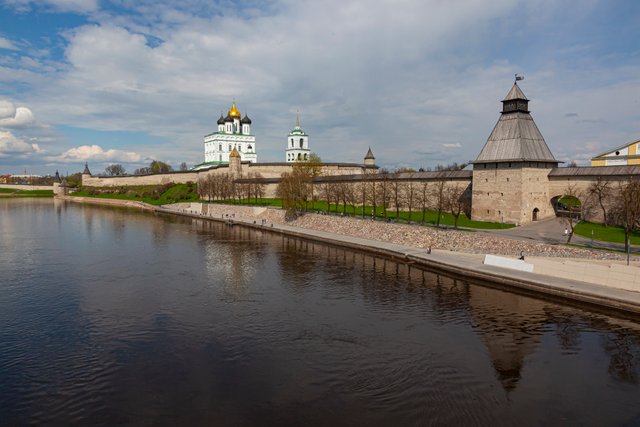
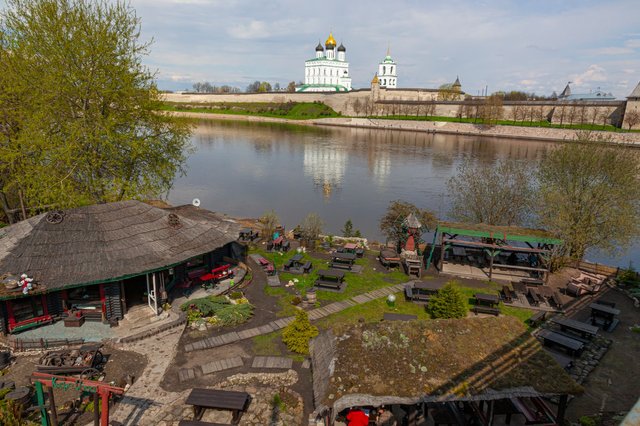
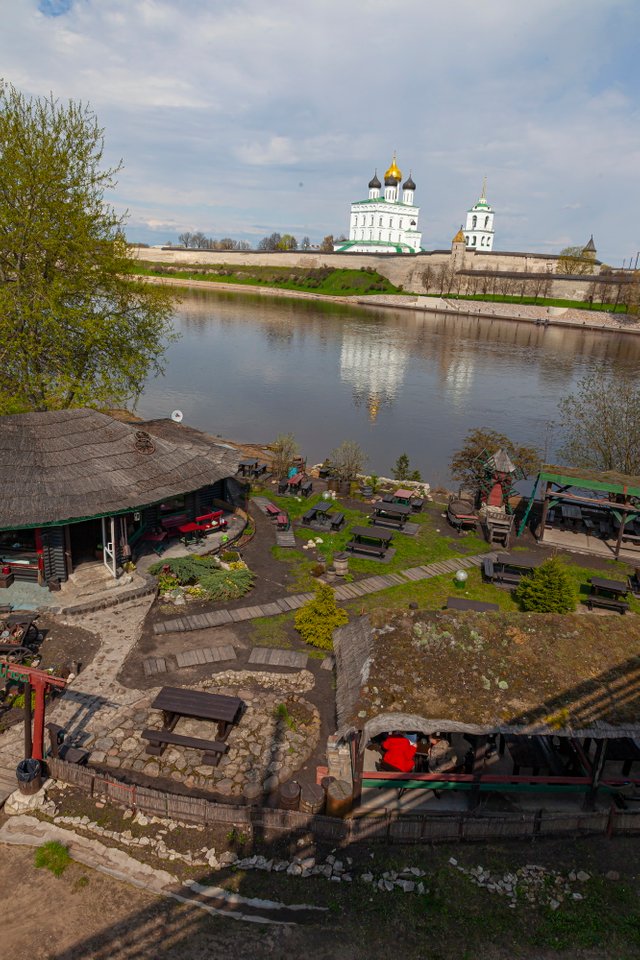
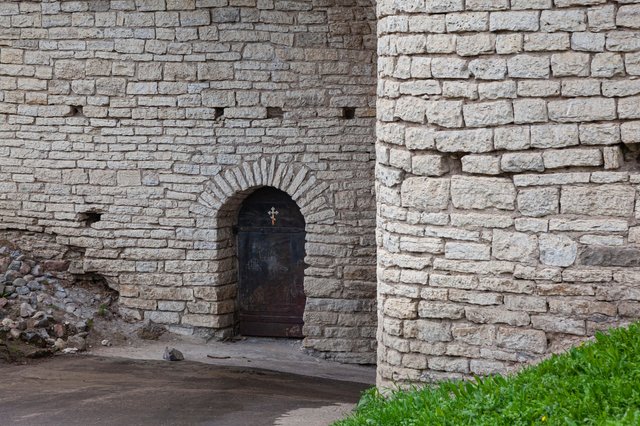
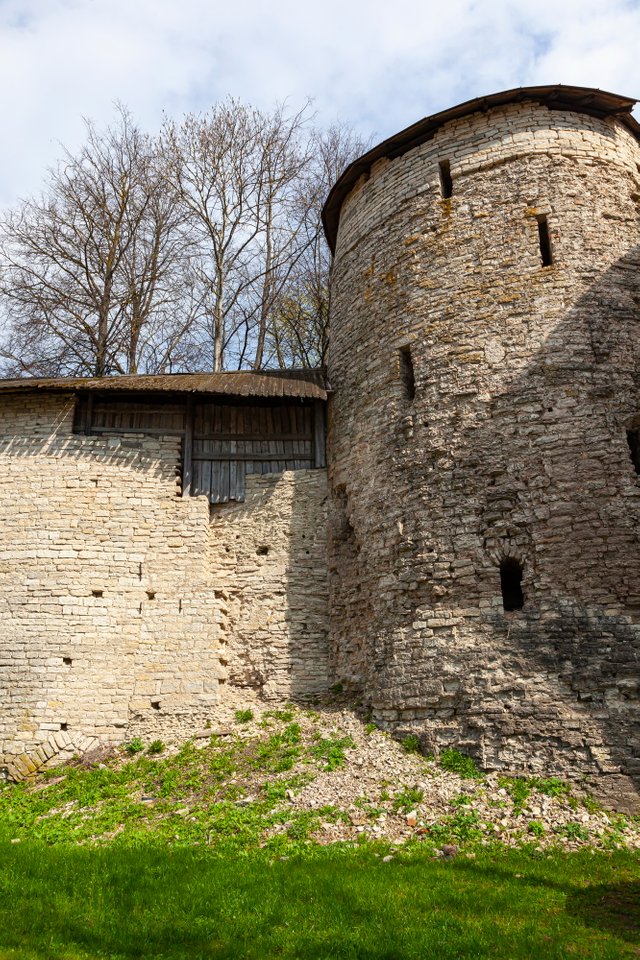
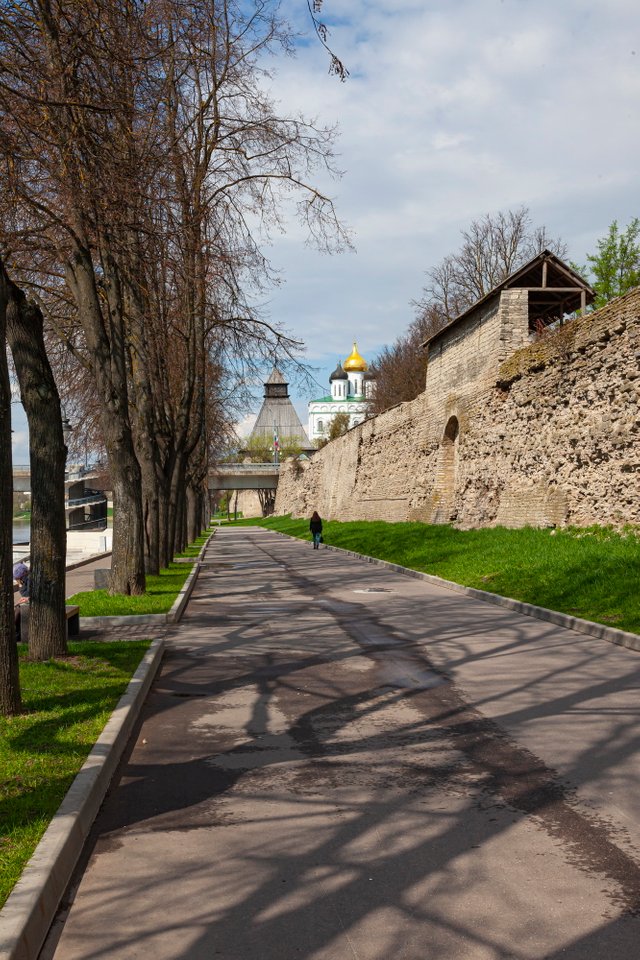
Congratulations @amikphoto! You received the biggest smile and some love from TravelFeed! Keep up the amazing blog. 😍 Your post was also chosen as top pick of the day and is now featured on the TravelFeed.io front page.
Thanks for using TravelFeed!
@invisusmundi (TravelFeed team)
PS: You can now search for your travels on-the-go with our Android App. Download it on Google Play
Прекрасный репортаж!
И фотки классные.
А вот только пробелы бы между ними ставить. Было бы совсем зер гут.